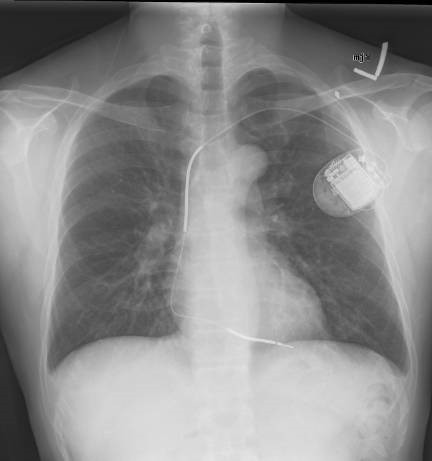Advanced Defibrillators Save More Lives

Jump-starting a person's heart to the rhythm of their own heart beat can help a victim of heart failure not only avoid complications, but potentially live longer, according to a recent study.
The study, published in the New England Journal of Medicine, is a follow-up study of an earlier trial that had shown the medical world that advances in defibrillator technologies reduced the risk of common adverse complications of heart failure - but did not provide conclusive data about mortality.
The earlier study has shown professionals that when applied in the use of an implantable defibrillator, cardiac resynchronization therapy (CRT) could help improve quality-of-life in patients who were revived after suffering from mild heart failure.
The results of this follow-up study, which were presented at the American College of Cardiology's 63rd Annual Scientific Session in Washington D.C. this past weekend, showed a highly significant 40 percent reduction in death rates among patients who were revived with CRT defibrillation, compared to heart failure patients who received standard implantable defibrillation alone.
It is important to note that like with data for the initial study, the positive results of this second study were only evident in heart failure patients who also had left bundle-branch block (LBBB) - a cardiac abnormality that delays activation of the left ventricle of the heart, causing unusual heart rhythm.
According to the study, the mortality and risk of complications of non-LBBB patients was not affected by the type of defibrillation (synchronized or unsynchronized) they received, making the applications of this life-saving technology very limited in use.
Still, in an editorial accompanying the study, medical expert Jeffery Goldberger M.D. writes that the limited application of CRT defibrillation should not cause medical professionals to hesitate investing in the technology required.
The hugely positive results alone, he writes, should serve "as a strong impetus to pursue CRT in patients with mild heart failure with reduced ejection fraction and left bundle-branch block..." in the interest of protecting the quality-of-life and lifespan of a patient.
The study was published in the New England Journal of Medicine on March 30.
Mar 31, 2014 04:26 PM EDT





